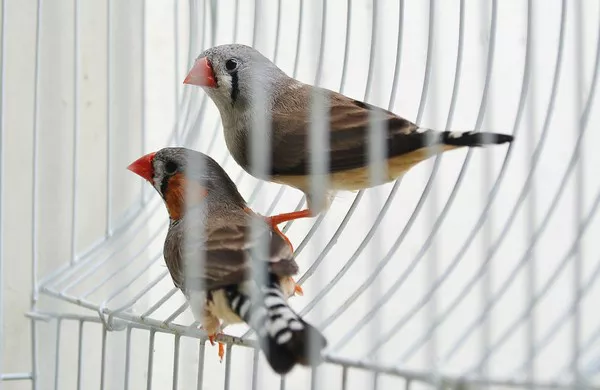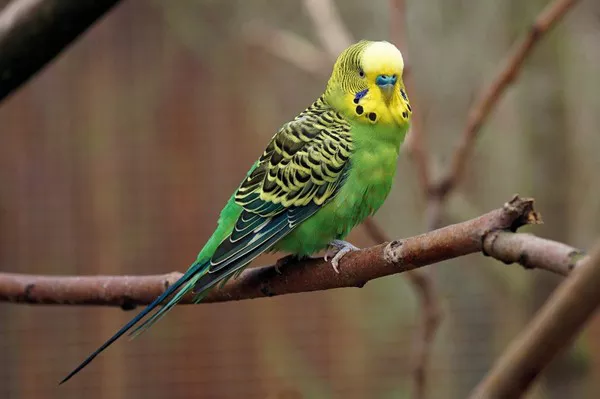Giant rabbits are fascinating animals known for their large size, gentle nature, and unique dietary needs. These rabbits, such as the Flemish Giant or the Continental Giant, can grow to an impressive size, often weighing 15–20 pounds or more. Their larger-than-average stature means they require a diet tailored to support their growth, energy levels, and overall health. If you are considering adding a giant rabbit to your home or are simply curious about their needs, understanding their diet is essential.
In this article, we’ll dive into the details of what giant rabbits eat, including their nutritional requirements, suitable foods, feeding routines, and common mistakes to avoid. Let’s explore what keeps these gentle giants happy and healthy.
The Nutritional Needs of Giant Rabbits
To understand what giant rabbits eat, it’s crucial to first grasp their nutritional needs. Like all rabbits, giant breeds are herbivores, meaning they eat plant-based diets. However, their larger size and unique metabolism require an adjustment in the proportions and quantities of certain foods.
Key Nutritional Components
Fiber
Fiber is the cornerstone of a rabbit’s diet. It promotes healthy digestion, keeps their teeth worn down (which grow continuously), and supports overall gut health. High-fiber foods, like hay, make up the majority of a rabbit’s diet.
Protein
Protein is vital for growth, muscle development, and tissue repair. While young or growing giant rabbits require higher protein levels, adults need a more moderate amount to maintain their health.
Vitamins and Minerals
Vitamins like A and D, along with minerals such as calcium and phosphorus, are essential for bone strength, immune health, and other vital functions. However, an excess of these nutrients, particularly calcium, can lead to health issues like bladder stones.
Low Fat and Sugar
Rabbit diets should be low in fat and sugar to avoid obesity and related health issues. Treats like fruits must be given sparingly.
What Foods Do Giant Rabbits Eat?
A giant rabbit’s diet can be broken down into three main categories: hay, fresh vegetables and greens, and rabbit pellets. Let’s examine each in detail.
1. Hay: The Primary Staple
Hay should make up around 70–80% of a giant rabbit’s diet. It’s the best source of fiber and keeps their digestive system running smoothly. The act of chewing hay also helps wear down their continuously growing teeth.
Types of Hay
Timothy Hay
Timothy hay is an excellent choice for adult giant rabbits because it’s high in fiber and has the right balance of protein and calcium.
Alfalfa Hay
Alfalfa hay is richer in protein and calcium, making it ideal for young or nursing rabbits. However, it’s too rich for adult rabbits and can lead to obesity or urinary problems if fed in excess.
Other Options
Orchard grass, meadow hay, and oat hay are great alternatives to provide variety.
How Much Hay to Provide?
Giant rabbits should always have unlimited access to fresh hay. This ensures they can graze throughout the day, mimicking their natural feeding behavior and promoting good digestion.
Tips for Offering Hay
- Place hay in a hay rack or feeder to keep it clean.
- Rotate types of hay to maintain interest.
- Always ensure hay is free of mold, dust, or contaminants.
2. Fresh Vegetables and Greens
Vegetables and leafy greens provide essential vitamins, minerals, and hydration. These foods should constitute about 10–20% of a giant rabbit’s diet.
Safe Vegetables for Giant Rabbits
Leafy Greens: Romaine lettuce, kale, parsley, cilantro, spinach (in moderation due to oxalates), and dandelion greens.
Root Vegetables: Carrots (as an occasional treat, as they are high in sugar).
Other Vegetables: Bell peppers, cucumber, zucchini, and broccoli leaves (not too much as they can cause gas).
How Much to Feed?
A general rule is about 1 cup of vegetables per 4 pounds of body weight daily. For giant rabbits weighing 15 pounds or more, this translates to about 4 cups of fresh vegetables daily. Split this amount between two feedings for optimal digestion.
Tips for Feeding Vegetables
- Introduce new vegetables gradually to avoid stomach upset.
- Wash all vegetables thoroughly to remove pesticides and dirt.
- Monitor your rabbit for any signs of gas, diarrhea, or reduced appetite after introducing new foods.
3. Rabbit Pellets
Pellets are a concentrated source of nutrients and are particularly useful for growing or pregnant rabbits. However, they should only form a small portion of an adult rabbit’s diet, as too many can lead to obesity.
Choosing the Right Pellets
High-Quality Options: Look for pellets made specifically for adult rabbits, with at least 18% fiber and no added seeds, nuts, or artificial flavors.
Portion Size: For giant rabbits, feed about 1/2 cup of pellets per 15 pounds of body weight daily. Adjust based on your rabbit’s activity level and weight.
4. Treats: Fruits and Other Snacks
Fruits and other treats should be given sparingly. While they’re a great way to bond with your rabbit, they contain high sugar levels that can disrupt their diet.
Safe Fruits
- Apples (without seeds), bananas, strawberries, blueberries, and watermelon (without seeds).
- Limit fruit to 1–2 tablespoons per day as an occasional treat.
Other Treat Options
- Dried herbs (like basil or dill).
- Commercial rabbit treats (ensure they are natural and free of harmful additives).
Water: The Unsung Hero
Water is just as important as food for giant rabbits. They need a constant supply of clean, fresh water to stay hydrated and support their bodily functions.
Providing Water
- Use a heavy ceramic bowl or a water bottle to prevent spills.
- Check and refill water daily.
Dehydration can quickly lead to serious health issues, so always ensure water is accessible.
What Not to Feed Giant Rabbits
While many foods are safe and healthy, some are dangerous for rabbits. Avoid these at all costs:
Toxic Foods: Chocolate, caffeine, avocado, and rhubarb.
Processed Foods: Bread, chips, and sweets.
Gas-Producing Vegetables: Onions, garlic, and cauliflower.
High-Calcium Greens: Kale and spinach in excess can lead to urinary issues.
Non-Food Items: While rabbits may chew on wood or cardboard for fun, ensure these are free of chemicals and dyes.
Feeding Schedule and Routine
A consistent feeding routine is key to a happy and healthy giant rabbit.
Morning
- Refill hay.
- Provide half of their daily vegetables and pellets.
Evening
- Refill hay if necessary.
- Provide the second half of their vegetables and pellets.
Snacks or treats can be offered during playtime, but remember to limit portions.
Common Feeding Mistakes to Avoid
Even experienced owners can sometimes make mistakes. Here are some pitfalls to watch for:
Overfeeding Pellets
Excess pellets can lead to obesity and reduce interest in hay.
Ignoring Hay Quality
Always ensure hay is fresh and free of mold.
Not Washing Vegetables
Pesticides or contaminants on vegetables can harm your rabbit.
Feeding Too Many Treats
Overindulging in sugary foods can lead to dental problems and obesity.
Failing to Monitor Water Intake
Keep an eye on how much water your rabbit drinks, as reduced intake can signal illness.
Signs of a Healthy Diet
A giant rabbit on a proper diet will exhibit the following signs:
- A shiny, smooth coat.
- Bright, alert eyes.
- Consistent, firm droppings.
- High energy levels.
If your rabbit shows signs of lethargy, weight loss, or changes in appetite, consult a veterinarian.
Conclusion
Giant rabbits are amazing pets with special dietary needs. Their diet should consist primarily of hay, supplemented with fresh vegetables, pellets, and occasional treats. Providing a balanced, high-fiber diet ensures they remain healthy, active, and happy. By understanding their nutritional requirements and feeding them the right foods, you can enjoy the companionship of these gentle giants for many years to come.
With proper care and attention to their diet, your giant rabbit will thrive in your home, bringing joy and warmth to your life.
Related Topics:




















